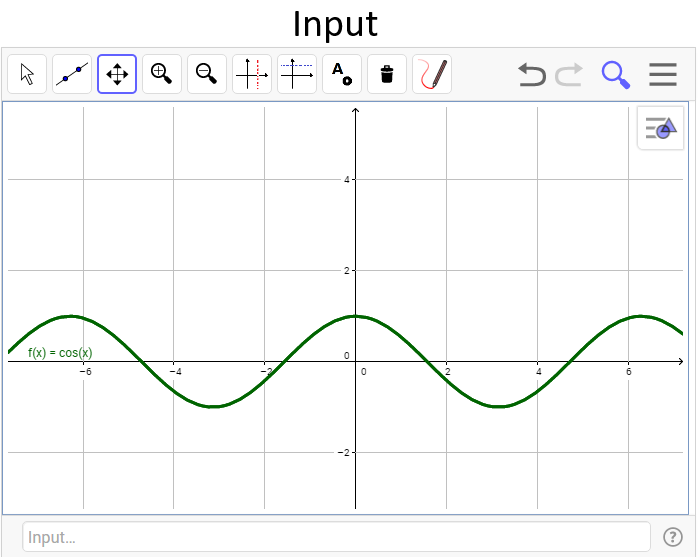Tangent Point Problem and Solution
In this problem the student is supposed to address some claims about tangents and function and to provide graphs which support his answers. In general student can use 1 method of adding a tangent line (by adding a straight line which is movable and with adjustable slope) and 2 methods of adding a function:
- Input: by adding a mathematical function which will be graphically presented by Geogebra applet.
- Penstroke: by drawing a line on the graph.

|

|
Because we have to assume that in most cases students won't provide an answer which is 100% mathematically correct even when using the input method (tangent line doesn't touch the function, the slope of the line isn't the same as the slope of the actual tangent at this point etc.) and there are a lot of students who prefer to use the penstroke method we had to find a way to find and identify a tangent point in a way which will include the vast majority of possible variations of answers which are acceptable and indicating students understanding.
In order to do that we've created a method that works as follows:
|

|
From the list of distances that is left we can find the actual coordinates of the tangent points, count how many are there and give their exact coordinates.
